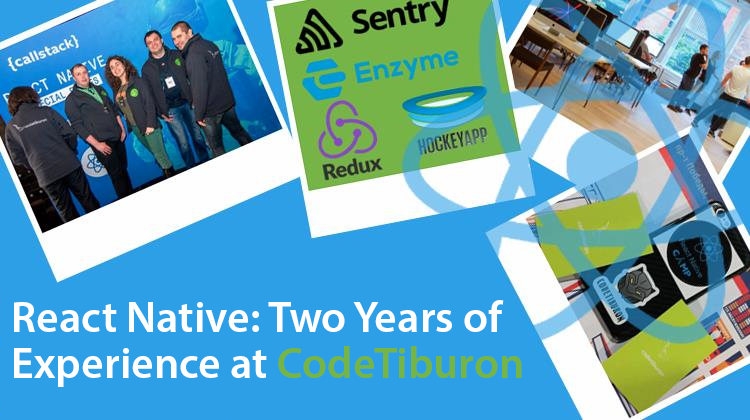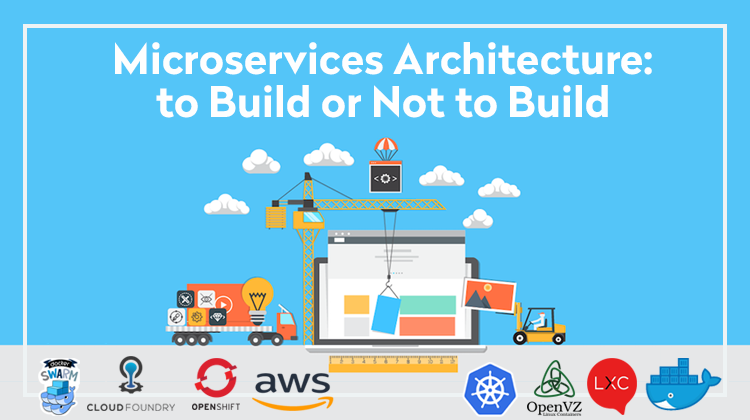Ever since Facebook announced at F8 that React Native was open and available on GitHub early in 2015, the framework adoption rate has never slowed down.
React Native, the next-gen of React (a JavaScript code library developed by Facebook and Instagram), is one of those ‘treats’ few IT companies can go past without giving it a try. CodeTiburon wasn’t an exception. Inspired by success stories and eager to join the ever growing community, we decided to venture into the unknown.
There’s hardly a tech entrepreneur who has never heard of microservices, an emerging style of application development. However, with all the tech disruption, most concepts don’t go beyond a buzzword. So microservices architecture can ring as yet another overhyped idea to most of us. Okay, Netflix, Amazon, eBay have migrated to microservices. So what? What can beat the good old monolith?
Life can. New business reality asks for more flexible, resilient, fault-tolerant, device-agnostic solutions, where complexity is an intrinsic hallmark of a system excellence. And the first step to excellence is awareness.
In this post we’ll make a brief introduction to microservices architecture (MSA): its essence, good and bad, whether you need it, and how to implement it.
In an ideal world, all best things are free and business yields profit. Well, that’s not an ideal world, and the best ecommerce website costs an arm and a leg. Sorry, folks, it’s either freebies or bucks! And it’s okay as long as the cost of a Magento website is explicit enough. But since you’re here, I bet you need more clarity. Transparency is a key to trustworthy ‘client – vendor’ relations. And it’s one of our core values here at CodeTiburon. Which means we’re here to help.



